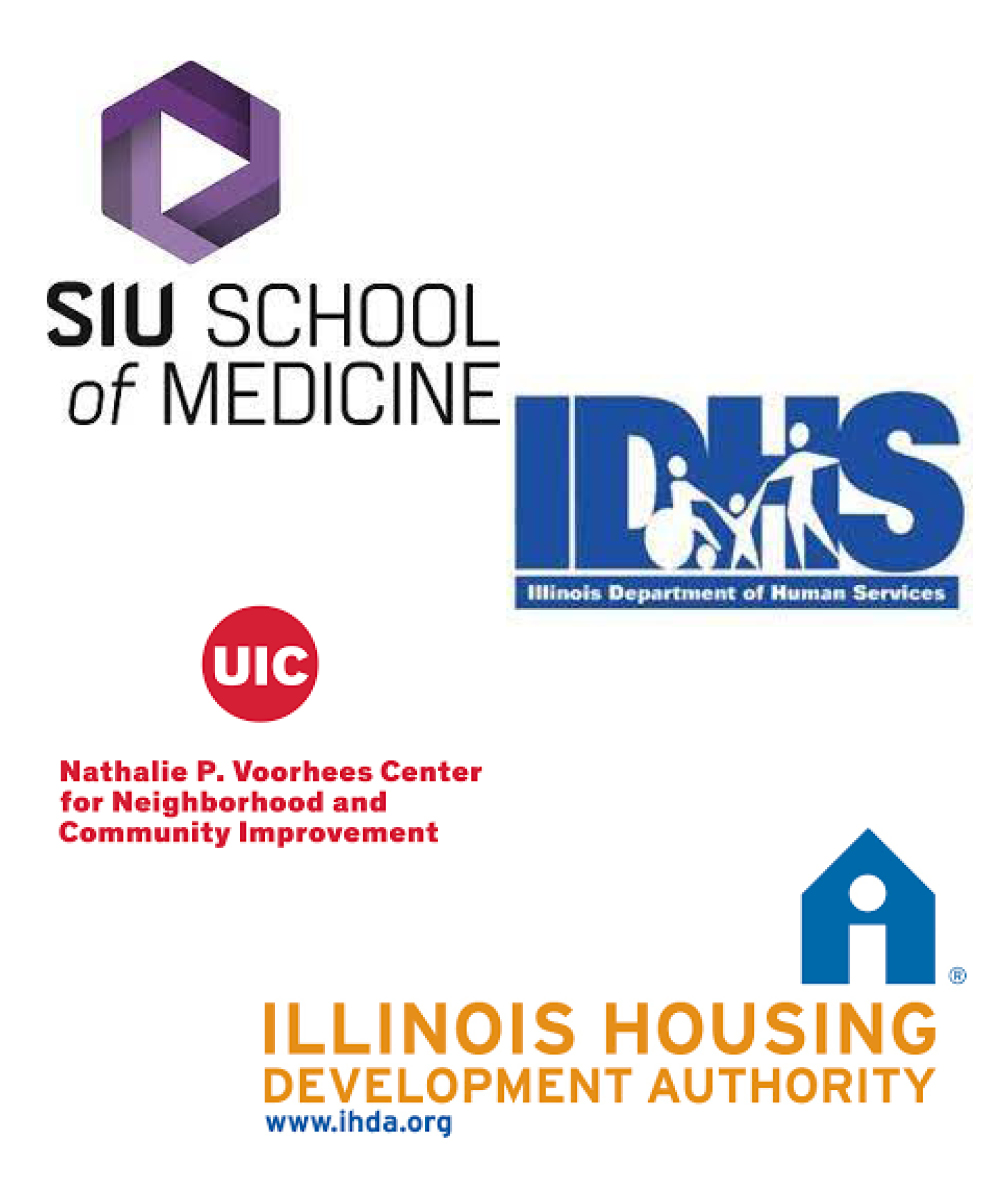Issues in Community Planning: Evictions

What is an eviction?
An eviction is the legal removal of a tenant from a rental property by a landlord. This most commonly occurs when a tenant does not pay rent or violates a lease agreement.
Why Are Evictions Relevant? Heading link

Why are evictions important to know about right now?
Throughout the pandemic, federal and state eviction moratoriums have prevented the eviction of tenants who are unable to pay rent. At the Federal level, this expired July 31, 2021. President Biden has urged Congress to extend this date but as of now, millions are at of risk eviction. However, a moratorium has been extended in Illinois until August 21.
What has been done about this issue?
The EDA Coronavirus Aid, Relief, and Economic Security (CARES) Act distributed $1.5 billion towards economic development assistance programs to help communities react to Covid. When the EDA CARES Act was passed in late March of 2020, there was limited data on renters, who as workers in “vulnerable” industries were at risk of eviction due to loss of income and non-payment of rent. With the expiration of the moratorium originally set to expire July 31, 2020, it was thought that the EDA CARES Act Funding had to be dispersed quickly.
The UIC Voorhees Center worked swiftly in partnership with SIU Medicine and with IDHS and IHDA to produce data — quantitative and qualitative — that could help the state respond. As the moratorium deadline kept getting pushed back and as more funds came into the state, it was able to adjust its program and as noted by the National Low Income Housing Coalition, make changes to help more people and particularly very low-income renters with the greatest need. This was especially useful as more funding came in through the December COVID-19 Relief Bill passed in late December 2020 and the American Recovery Plan in March 2021.
What were the Voorhees Center’s key contributions?
The Voorhees Center provided a method to analyze American Community Survey (ACS) data that could break out renters by occupation, and then by region, race/ethnicity, income, and risk (rent burden). At the time, we estimated that there were over 600,000 renters working in vulnerable industries such as restaurants and retail – most of which were low-income and most likely to be rent burdened (i.e. paying over 30% of income for rent). We also included data on single parent families seeing significant drops in women in workforce and kids doing school from home.
This research helped in producing the just released University of Illinois Institute for Government Public Affairs policy brief co-authored by Janet Smith and Brenda Parker, which spoke to the impact COVID-19 has had on an already vulnerable population: lower income women with kids that rent. The pandemic amplified what is already a challenge for this population in terms of being at risk due to low-income, less than full employment and many other factors.
Key Takeaways
This pandemic has brought to light the long-standing affordable housing crisisfor low-income families and individuals, raising serious questions about how we change the conditions in the US. This includes talking about housing as infrastructure — critical to a healthy workforce — and looking at expanding housing assistance and types of housing that link to support services, which everyone needs and benefits communities. The key question now is what will stick and will be actually make change happen?